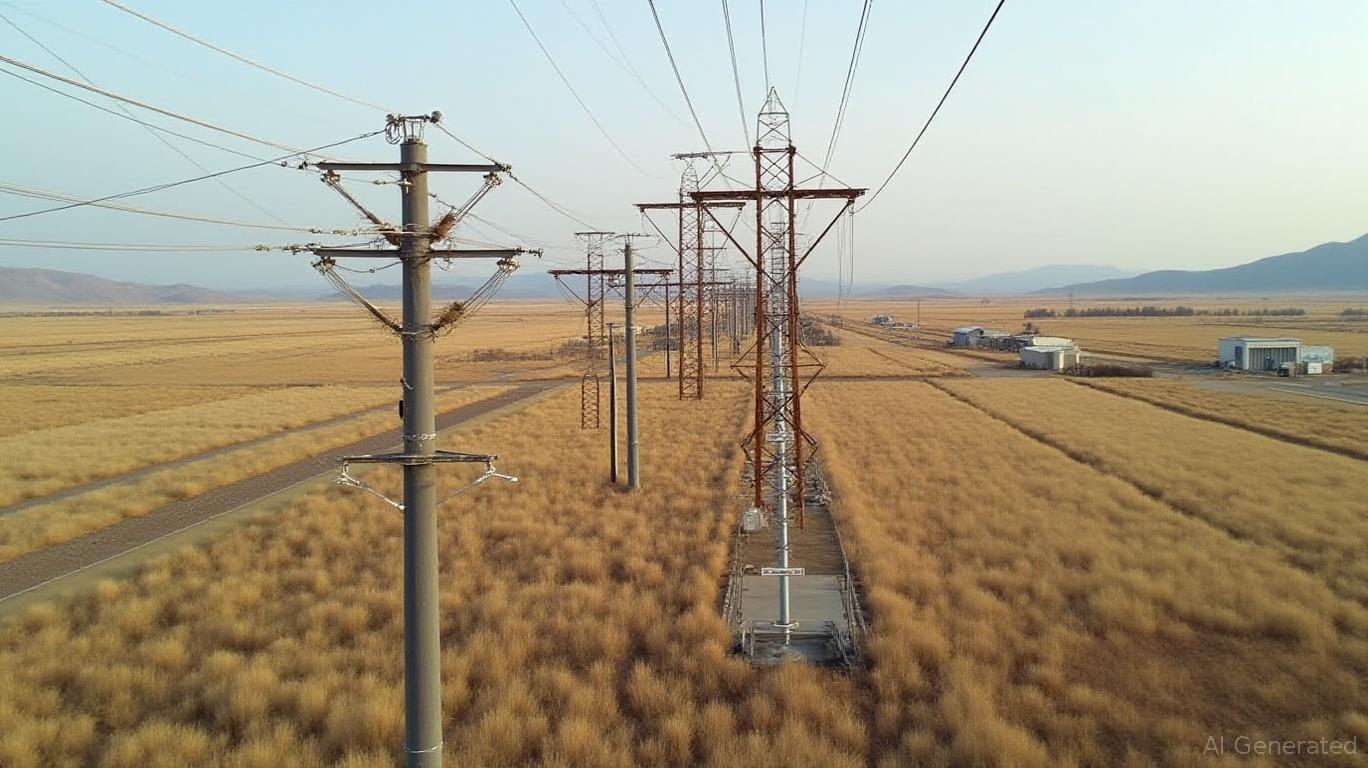Xcel Energy's Operational Woes: A Utility Stock's Balancing Act
Xcel Energy (NASDAQ: XEL) has long been a pillar of the U.S. utility sector, serving millions across eight states with a promise of reliable power. But recent years have tested that reputation. A string of catastrophic outages, customer service failures, and regulatory penalties have raised red flags for investors. Is Xcel's stock a value play with long-term potential—or a cautionary tale about the risks of underinvesting in aging infrastructure?

The Outage Crisis: A System in Overload
Xcel's operational challenges have reached a boiling point. In 2024, the average outage duration for customers doubled to 350 minutes—nearly six hours—compared to the 2015–2023 average of 166 minutes. Six of nine service regions saw above-average outages, with 15 “problem feeders” (just 2% of total feeders) causing 18% of all outage minutes. In Denver's South Broadway-Lincoln Street corridor, 178 businesses and homes endured 13 outages in 2024 alone, some lasting over 36 hours.
While extreme weather—like a 2024 windstorm that triggered preemptive outages—contributed, systemic issues worsened the crisis. Equipment failures, construction mishaps, and even squirrel interference accounted for 82% of outages when excluding weather events. The Colorado Public Utilities Commission (PUC) found Xcel's infrastructure investments had been misaligned: $6.5 billion was earmarked for wildfire mitigation and clean energy projects in 2024, yet core grid maintenance lagged.
Customer Service and Billing Meltdowns
Operational failures were compounded by a collapse in customer service. Complaints surged 100% from 2022 to 2024, while satisfaction dropped 17% since 2020. Call centers, operating with 20% fewer staff since 2022, saw 200,000 calls abandoned in 2024—a fourfold increase. Billing errors grew worse: 58% more customers didn't receive bills in 2024 than in 2023, with some facing erroneous charges of up to $8 million due to smart meter glitches.
The PUC's verdict? Xcel prioritized profit over reliability. A $6.5 million penalty in 2024 was just the start; regulators are now drafting stricter quality-of-service rules and threatening higher penalties.
Xcel's Response: Band-Aids or a Cure?
Xcel has rolled out fixes:
- Infrastructure: Testing 15 problematic feeders, replacing cables, and upgrading substations.
- Customer service: Hiring 50 more agents (to 300 total) and launching a $12 million bill credit program for affected customers starting July 2025.
- Regulatory compliance: Settling wildfire mitigation plans and committing to a $12 billion clean energy plan by 2030.
Yet skepticism remains. The PUC notes Xcel's first-quarter 2025 profits hit $483 million, with 53% coming from Colorado—raising questions about whether profits are being prioritized over repairs. Meanwhile, 90,000 customers still faced six or more outages in 2024, and billing delays persist.
Investment Considerations: Risks vs. Opportunities
Risks:
1. Regulatory Overhang: Stricter PUC rules could cap returns or force costly upgrades.
2. Customer Confidence: Repeated outages and billing errors may lead to stranded customers or litigation.
3. Execution Risk: Can Xcel fix its core grid while executing ambitious clean energy plans?
Opportunities:
1. Valuation: XEL trades at a 12.5x P/E, below the sector average of 15x, suggesting a discount for its troubles.
2. Regulatory Tailwinds: Clean energy investments (e.g., wind and solar mandates) could become revenue drivers if executed well.
3. Monopoly Stability: As a regulated utility, Xcel's cash flows remain predictable, even amid short-term pain.
The Bottom Line: A Wait-and-See Play
Xcel's stock isn't dead, but it's not a buy-and-forget utility anymore. Investors should avoid initiating positions until the company proves it can stabilize reliability and customer trust. Monitor key metrics:
- Outage durations (target: return to pre-2024 averages).
- Billing errors (should trend down from 2024's 240% increase).
- Regulatory penalties (a second $6.5M+ fine would signal systemic failure).
For now, hold if you already own shares, but pair with safer utility peers like NextEra Energy (NEE) or Dominion Energy (D). Xcel's turnaround hinges on whether its $12 billion clean energy plan can coexist with basic grid reliability—a test of management's priorities.
In the utility sector, patience is a virtue. Xcel's story isn't over, but its next chapter will define its fate for decades.

Comments
No comments yet